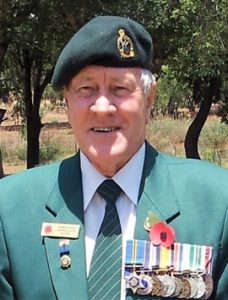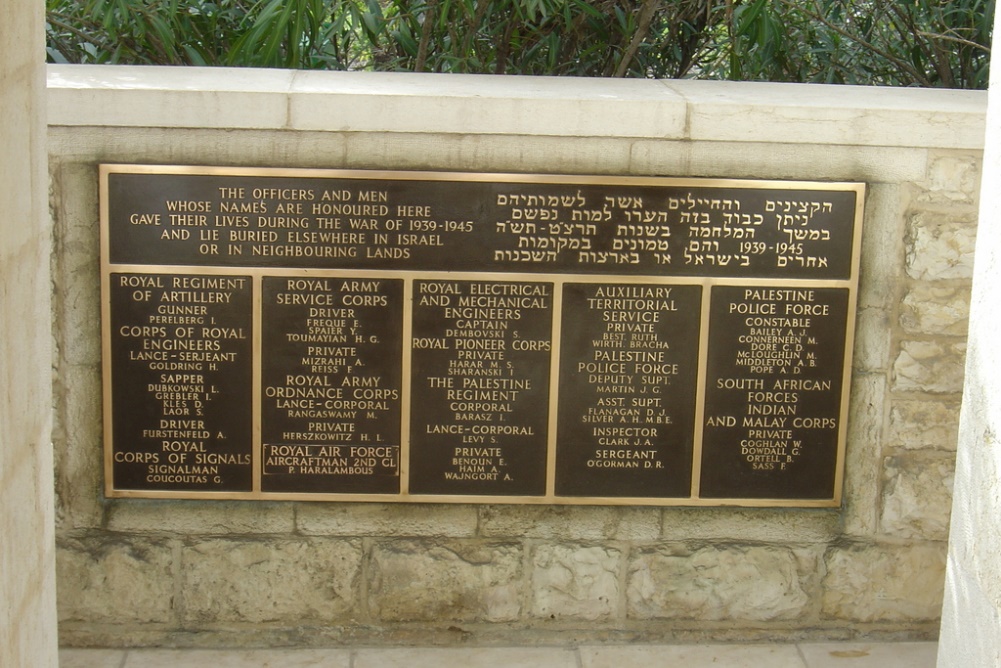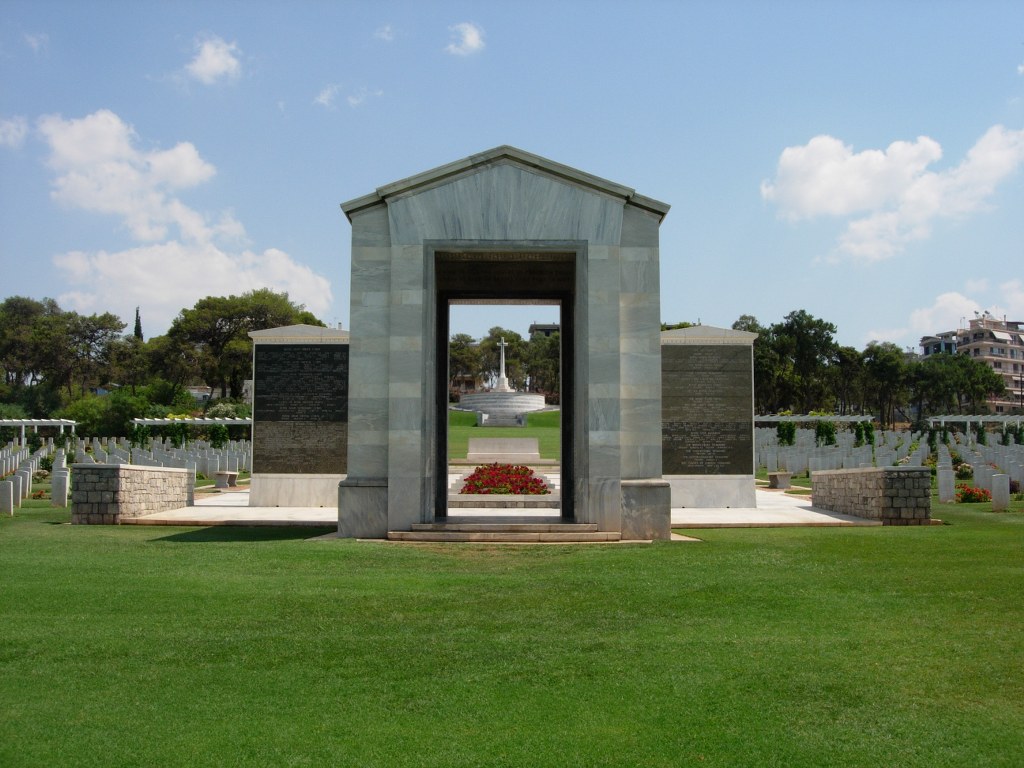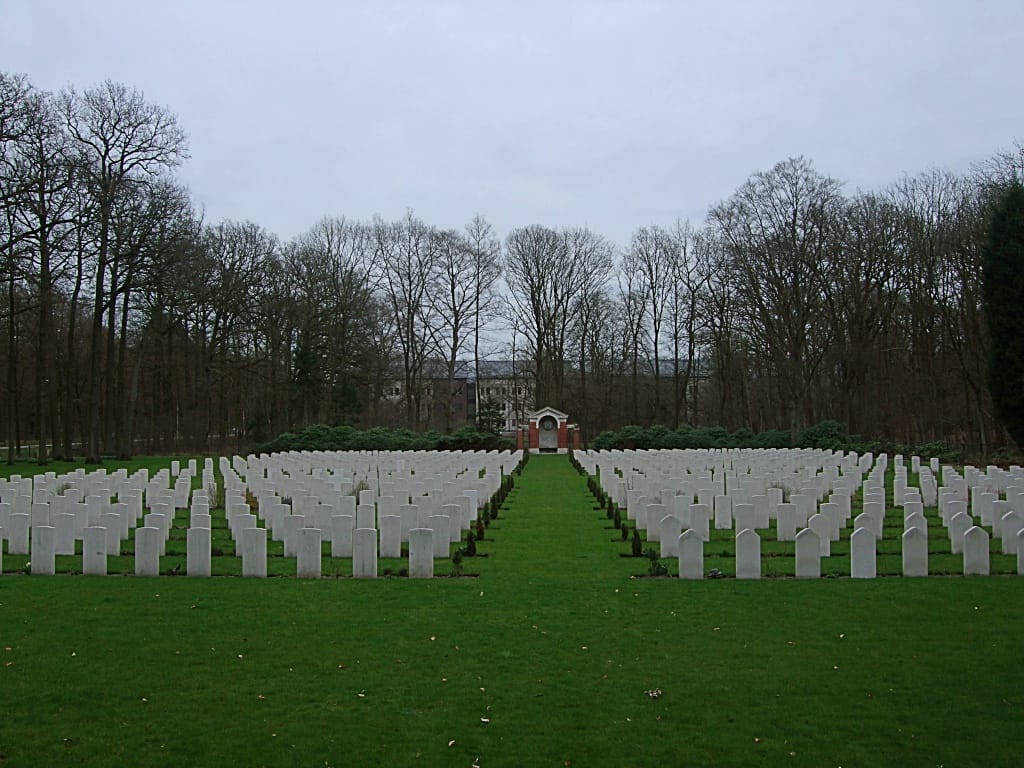South African Commonwealth War Casualties Buried Across the World – Part Ninety-Four.
SOUTH AFRICAN COMMONWEALTH WAR CASUALTIES BURIED ACROSS THE WORLD – PART NINETY-FOUR.

By Captain (SAN) Charles Ross (SA Navy Retired)
South Africans participated in almost every war theatre during the First and Second World Wars. According to the Commonwealth War Graves Commission Casualty Data Base 7 290 (includes 607 unknown) First World War casualties and 9 986 (includes 84 unknown) Second World War casualties are buried in 1 207 cemeteries. In contrast, 2 959 First World War and 2 005 Second World War casualties are commemorated on 48 memorials. This does not include the more than 2 700 South Africans not recently commemorated by the Commonwealth War Graves Commission. A new memorial, Cape Town Labour Corps has been constructed in the Gardens in Cape Town and was unveiled by HRH Princess Royal on 22 January 2025.
SINGAPORE MEMORIAL – SINGAPORE

Before 1939 the Kranji area was a military camp and at the time of the Japanese invasion of Malaya, it was the site of a large ammunition magazine. On 8 February 1942, the Japanese crossed the Johore Straits in strength, landing at the mouth of the Kranji River within two miles of the place where the war cemetery now stands. On the evening of 9 February, they launched an attack between the river and the causeway. During the next few days fierce fighting ensued, in many cases hand to hand, until their greatly superior numbers and air strength necessitated a withdrawal.
After the fall of the island, the Japanese established a prisoner of war camp at Kranji and eventually a hospital was organised nearby at Woodlands.
After the reoccupation of Singapore, Kranji War Cemetery was developed from a small cemetery started by the prisoners at Kranji, by the Army Graves Service.
Within Kranji War Cemetery stands the SINGAPORE MEMORIAL, bearing the names of over 24,000 casualties of the Commonwealth land and air forces who have no known grave. Many of these have no known date of death and are accorded within our records the date or period from when they were known to be missing or captured. The land forces commemorated by the memorial died during the campaigns in Malaya and Indonesia or in subsequent captivity, many of them during the construction of the Burma-Thailand railway, or at sea while being transported into imprisonment elsewhere. The memorial also commemorates airmen who died during operations over the whole of southern and eastern Asia and the surrounding seas and oceans.
In addition to the Singapore Memorial, the cemetery also contains The SINGAPORE (UNMAINTAINABLE GRAVES) MEMORIAL, The SINGAPORE CREMATION MEMORIAL, and The SINGAPORE CIVIL HOSPITAL GRAVE MEMORIAL
Kranji War Cemetery and the Singapore Memorial were designed by Colin St Clair Oakes. The memorial was unveiled by Sir Robert Black, Governor of Singapore, on the 2nd of March 1957.
- Five South African casualties from World War Two are commemorated on this memorial.
RAMLEH 1939 – 1945 MEMORIAL – ISRAEL AND PALESTINE

The cemetery dates from the First World War, when Ramleh (now Ramla) was occupied by the 1st Australian Light Horse Brigade on 1 November 1917. Field ambulances, and later casualty clearing stations, were posted at Ramleh and Lydda from December 1917 onwards. The cemetery was begun by the medical units, but some graves were brought in later from the battlefields and from Latron, Sarona and Wilhema Military and Indian Cemeteries.
During the Second World War, this cemetery was used by the Ramla Royal Air Force Station and by various Commonwealth hospitals posted in turn to the area for varying periods.
RAMLEH WAR CEMETERY contains 3,300 Commonwealth burials of the First World War, 964 of them unidentified. Second World War burials number 1,168. There are also 891 war graves of other nationalities from both wars, and 525 non-war burials, many from the RAF and garrison stations that were at Ramleh in the inter war years and until the end of the British Mandate in Palestine in 1948.
Within Ramleh War Cemetery will be found:
The RAMLEH 1914-1918 MEMORIAL, erected in 1961 to commemorate more than 300 Commonwealth, German and Turkish servicemen of the First World War who lie buried in cemeteries elsewhere in Israel where their graves could no longer be maintained. Only 74 of the casualties are named.
The RAMLEH 1939-1945 MEMORIAL, which commemorates 28 servicemen and women of various units of the Second World War, and six non-war casualties of the Palestine Police Force, who lie buried in cemeteries elsewhere in Israel where graves could not be maintained in perpetuity.
- Four South African casualties from World War Two are commemorated on this memorial.
ATHENS MEMORIAL – ITALY

The ATHENS MEMORIAL stands within Phaleron War Cemetery and commemorates nearly 3,000 members of the land forces of the Commonwealth who lost their lives during the campaigns in Greece and Crete in 1941 and 1944-1945, in the Dodecanese Islands in 1943-1945 and in Yugoslavia in 1943-1945, and who have no known grave.
The site of what is now PHALERON WAR CEMETERY was chosen originally by the 4th Division as a burial ground for Commonwealth casualties of the Greek Civil War (December 1944-February 1945). Subsequently, the military authorities, in conjunction with the Greek Government and the Army Graves Service, decided that it would be the most suitable site for a Second World War cemetery for the whole mainland of Greece. The 23rd and 24th Graves Registration Units and the 21st and 22nd Australian War Graves Units worked together to bring in graves of the 1941 campaign from the battlefields, temporary military cemeteries and from various civil cemeteries.
There are now 2,028 Commonwealth servicemen of the Second World War buried or commemorated in this cemetery. 596 of the burials are unidentified. Special memorials commemorate casualties known to have been interred in certain groups of graves in the cemetery, but whose individual graves cannot be precisely located within these groups. Other special memorials commemorate casualties re-buried in the cemetery from original graves which, owing to the destruction of local records, could not be identified.
Also, within the cemetery is the PHALERON CREMATION MEMORIAL, commemorating 74 men of the army of undivided India who died during the campaigns in Greece and Crete during the Second World War and who were accorded the last rite required by their religion – committal to fire.
In the north-east corner of the cemetery, a plot contains the graves of servicemen and civilians who after serving in the Crimean War, died in Greece, and were buried in the Anglo-French Crimean Cemetery, New Phaleron. The graves were moved in 1966 when that cemetery could no longer be maintained.
The ATHENS MEMORIAL and PHALERON WAR CEMETERY were designed by Louis de Soissons.
- Two South African casualties from World War Two are commemorated on this memorial.
BOIS-GUILLAUME COMMUNAL CEMETERY – FRANCE

The two plots in the communal cemetery, which were reserved for Commonwealth burials from September 1914 to March 1917, contain 160 double graves. These plots are on the south side of the central French monument, surrounded by civilian graves and raised above the level of the cemetery.
The burials took place, for the most part, from No.8 General Hospital, which was quartered at Bois-Guillaume in a large private house and grounds. Plot II also contains the graves of servicemen killed in a railway accident on the 14th of February 1917. From March 1917, burials were made in the adjoining cemetery extension.
The communal cemetery contains 320 Commonwealth burials of the First World War. The extension contains a further 360 First World War graves and one from the Second World War.
- Two South African casualties from World War One are buried in this cemetery.
LEOPOLDSBURG WAR CEMETERY – BELGIUM

The British Expeditionary Force was involved in the later stages of the defence of Belgium following the German invasion in May 1940 and suffered many casualties in covering the withdrawal to Dunkirk. Commonwealth forces did not return until September 1944, but in the intervening years, many airmen were shot down or crashed in raids on strategic objectives in Belgium, or while returning from missions over Germany.
There are about 35 original burials in Leopoldsburg War Cemetery associated with isolated engagements in or near the town in May 1940. Of the remainder, some are burials from a military hospital which was established at Leopoldsburg during the latter part of 1944 and others were brought into the cemetery from the surrounding district.
There are now 767 Commonwealth burials of the Second World War in the cemetery, 16 of them unidentified, and a number of Polish and Dutch war graves.
- One South African casualty from World War Two is buried in this cemetery.
